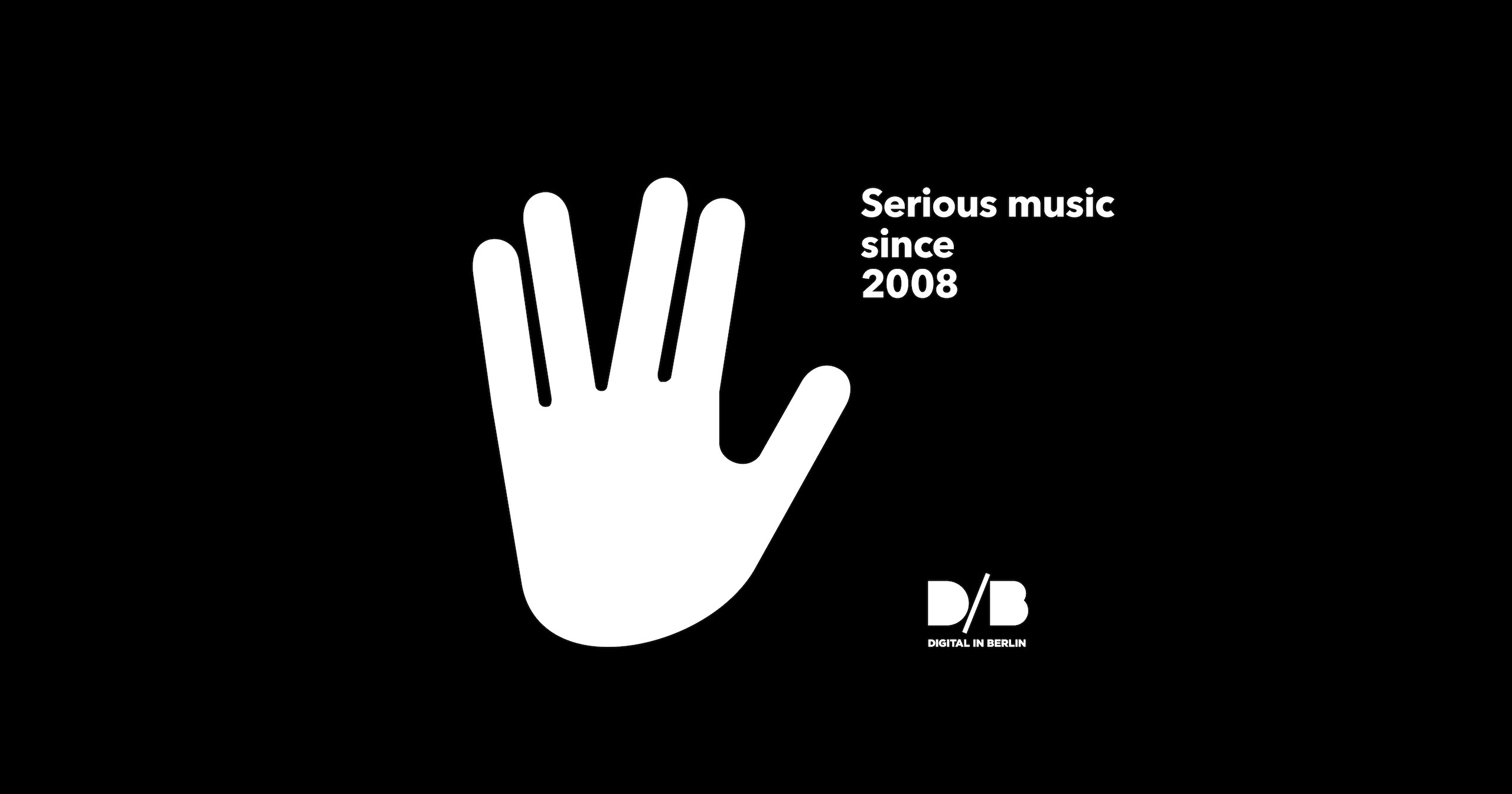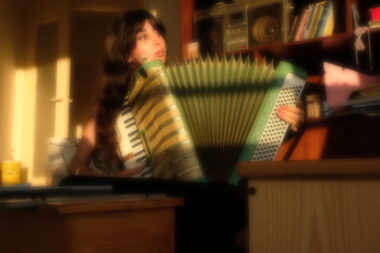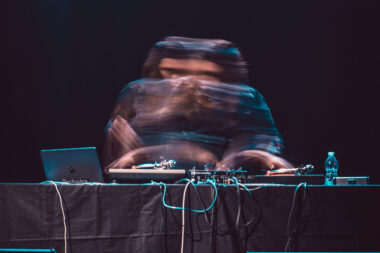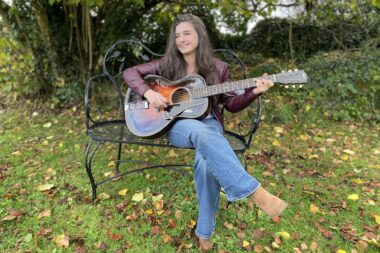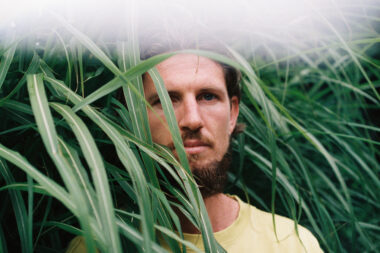The first drum set came on the market in 1918 and triggered a musical revolution: It took over
urban dance music and established the triad of bass drum, snare and hi-hat as the combination
used the world over. While percussion in European music had long mainly had an embellishing
function, now the drummed backbeat became the heartbeat of music. In others words, the
beats practiced by the African diaspora in North America and the Caribbean completely
realigned European-influenced music. 100 Years of Beat tells this story and investigates the
relationship between played and programmed beats. It presents style-influencing drummers
and explores (back) beat concepts from Brazil, Japan, Ghana and the Congo as well as the
rhythms of Indian and Colombian music.
When in the eighteenth century drums were prohibited in North America –- partly in fear that
enslaved Africans and African Americans would use them as a means to organize revolts –-
the instruments disappeared, but not the drumming. Instead of using instruments, people then
drummed on barrels and with spoons and the “pattin’ juba” (also known as the “hambone”)
arose. This dance that uses the entire body as a drum introduced the roles given to the
various frequencies that were later transferred to the bass drum, snare and hi-hat.
The first proto-jazz dance orchestras of the late nineteenth century performed with multiple
drummers, each playing on one drum. Then, in 1918, the Ludwig Drum Company in Chicago
put the first drum set on the market with bass drum, snare, hi-hat, tom toms and cymbals. With
two foot-pedals, drummers were now able to play four instruments at one time. Similar to
“pattin’ juba,” now only one body was responsible for the beat. HKW curator Detlef
Diederichsen explores the music of the past 100 years and traces leitmotifs of pop history from
unexpected perspectives.
The festival begins with a percussive community experience: “Beating the Drum” by N.U. Unruh,
drummer of the Einstürzende Neubauten, is about the experience of drumming together. Drumsticks
and drums of all kinds will be handed out to the audience. Everyone can join in immediately over an
accompanying soundtrack. The audience becomes a player, the foyer of HKW a stage. Afterwards,
the Brazilian percussionist and drum expert Marcos Suzano and his trio will introduce us to his
understanding of modern Afro-Brazilian rhythms. The opening night will conclude with the
accomplished drummer Terri Lyne Carrington, who is highly praised by master pianist Herbie
Hancock.
We will meet many celebrated musicians of all kinds during the festival, even if they do not all
practice their chief profession for 100 Years of Beat. Karl Bartos, the drummer and longtime
member of the electronic and Krautrock institution Kraftwerk, for example, will read from his
autobiography Der Klang der Maschine (The Sound of the Machine). The sound installations by
Anke Eckardt and Hanno Leichtmann deal with the festival theme in different ways. The
formation Canalón de Timbiquí will bring the driving traditional music of the Colombian Pacific
coast to the stage in an incomparably rousing way.
The 2017 album Black Origami by Footwork producer Jlin was hailed by critics worldwide for its individuality. We can’t wait to experience her restless hyper-rhythms live. In contrast, the Japanese quartet Goat seems like a conventional rock band at first glance. In fact, this amazing band plays like a single groove organism in which even the melody instruments make exclusively voiceless percussive sounds.
With his Mercury Award-winning album OK (1999), Talvin Singh took the art of tabla playing into
the age of electronic beats. Since then, his name, like no one since Ravi Shankar, has stood for
the globalization of Indian music. House and Techno legend Theo Parrish has already made
millions of fans dance. We can expect a sweat-inducing set. The musicologist, journalist and
groove ambassador DJ Zhao will show us what he calls social dancing with his futuristic
polyrhythms. The ngoma drum is an integral part of traditional Congo music.
https://youtu.be/QIkSCA99Uvo
The instrument is part of the formation Les Tambours de Brazza in addition to drums, bass and electric guitar, thus blending tradition and modernity. At the closing of the festival, the legendary inventor of Afrobeat, Tony Allen, pays tribute to the American bebop drummer Art Blakey with a special program.
100 Years of Beat with concerts, films, talks, installations featuring Hanno Leichtmann, Anke Eckardt: headspaces, N.U. Unruh, Marcos Suzano Trio, Terri Lyne Carrington, Karl Bartos: reading Der Klang der Maschine, Canalón de Timbiquí, Jlin, Theo Parrish, Asia Madani, Goat, Talvin Singh & guest, Ghana Panorama, DJ Zhao, Les Tambours de Brazza, Tony Allen: Tribute to Art Blakey & more LIVE
Thursday, 25th – Sunday, 29th April
HKW | John-Foster-Dulles-Allee 10 | 10557 Berlin
